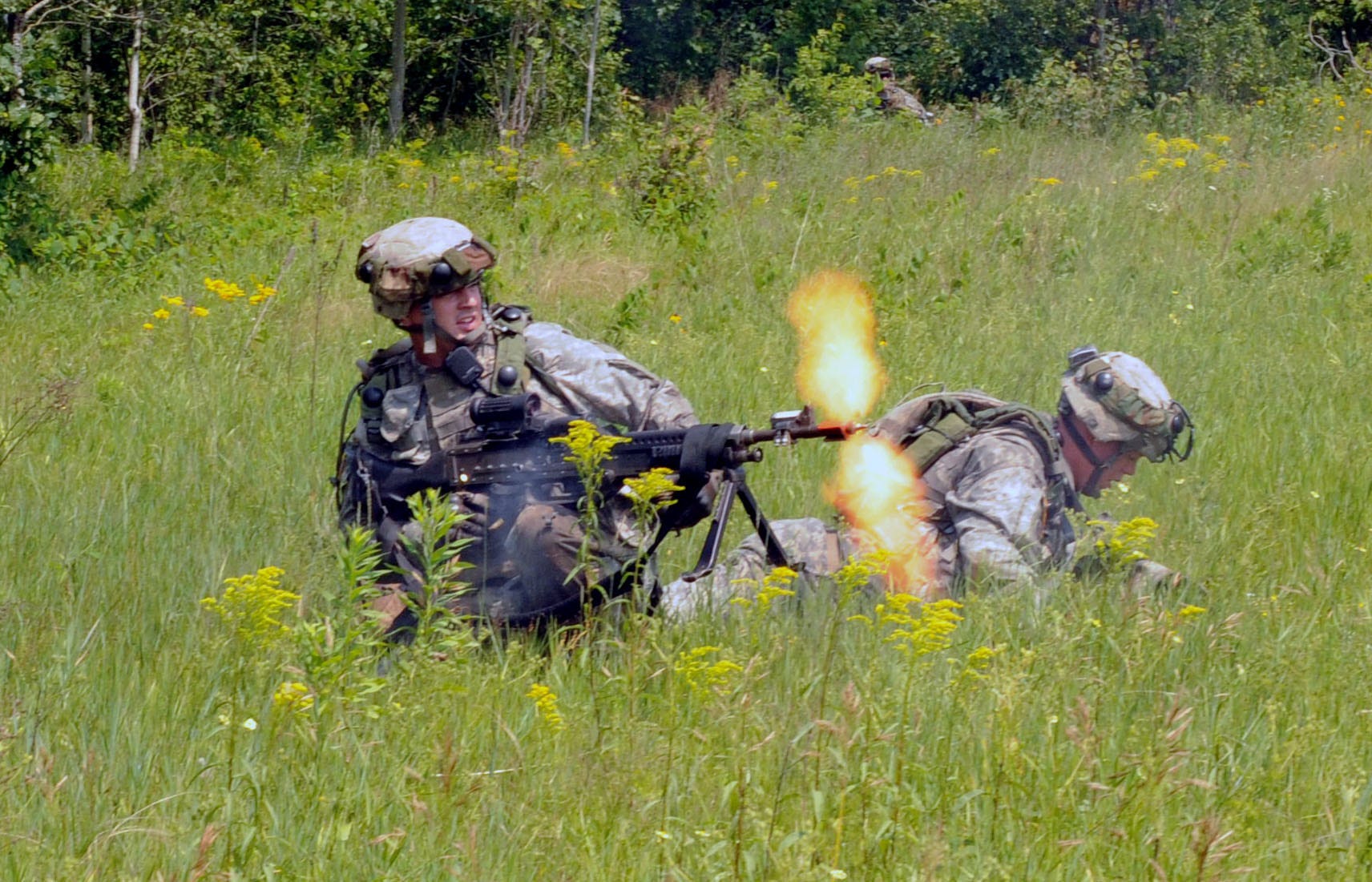Louisiana Guardsmen complained of bad chow and mean commanders
On Feb. 5, 1991, something strange happened in central Texas. Louisiana’s 256th Infantry Brigade was at Fort Hood—training for an upcoming deployment in Saudi Arabia—when 67 guardsmen went AWOL.
They were on leave, visiting their families in Louisiana. They did not return to service when their leave ended. In other words — mutiny. And it wasn’t the last time.
The full-time Army has a strained relationship with the part-time Reserve and National Guard. There’ve been at least two reserve mutinies since 1991.
Military officials learned a valuable lesson about the consequences of long and irregular deployments during Vietnam. Bad morale, drug abuse and soldiers killing their own officers led the Pentagon to re-evaluate its deployment policies.
After the Vietnam War, the Pentagon implemented a Total Force Policy. Under this new directive, the Army would rely more on its reserve forces. The National Guard and Army Reserve would see more frontline combat, and lessen the stress on the regular Army.
The problem was the military didn’t back up the plan with more training. The Pentagon expected its reserve forces to perform like regular soldiers, but didn’t give the reserves proper support.
This lack of support and training has led to a wide range of discipline problems. The two largest mutinies in recent American military history both took place within the Army’s reserve forces.
For the soldiers of the 256th Infantry Brigade, the transition into a war-fighting force was a difficult one. The reservists went to Louisiana newspapers and TV stations and complained about life in the military.
Central Texas was cold and muddy, they said. The food was bad and their commanders were mean. The same stuff that everyone in the Army complains about.
But most soldiers don’t desert. Now these troops were in trouble and were making it worse by talking to the press.
America was fighting a war in the desert with a power-mad dictator. The troops’ whining didn’t go over well. The public turned against them, their commander called them “crybabies,” and the troops returned to Fort Hood to face punishment.
They had deserted. That’s a serious military crime—one punishable by court martial or death. But these soldiers were lucky. The National Guard dismissed them, giving them exactly what they wanted.
 Illinois National Guard troops during an exercise on July 20, 2012. Army photo. At top—Tennessee National Guard troops participate in a crowd control exercise on Jan. 4, 2010. Army photo
Illinois National Guard troops during an exercise on July 20, 2012. Army photo. At top—Tennessee National Guard troops participate in a crowd control exercise on Jan. 4, 2010. Army photo
Military officials were already questioning the combat readiness of the Army’s reserve forces. Several officials including then-Secretary of Defense Dick Cheney wondered if the reservists would be ready to fight. The mutiny, along with missed training deadlines and poor leadership in another roundout brigade reinforced this concern.
“There are a lot of things reserves can do,” a senior Pentagon official told TheLos Angeles Times. “But you can’t ask them to go instantly into combat; that’s asking too much. They need more training, more time.”
A lack of training, time and supplies have long been a problem with the Army’s reserve forces. And they know it.
On Oct. 13, 2004, 18 soldiers from Army Reserve’s 343rd Quartermaster Company in South Carolina bailed on a transport mission during a deployment to Iraq. Their commanders ordered the soldiers to protect a fuel convoy moving from Tallil to Taji. They refused, citing a lack of proper training and armor.
They had a point. After the incident, Army commanders ordered the company to stand down and conduct retraining and maintenance exercises. Many of the vehicles lacked proper armor, just as the mutinous reservists claimed.
One reservist told the Christian Science Monitor that none of his company’s vehicles had armor when they first deployed to Iraq. The company’s training, the soldier said, only involved basic survival and support skills. The reservists learned how to check fuel lines, repair vehicles and test water for contamination. They did not learn how to fight in the desert.
These two incidents are embarrassing, but not just for the soldiers involved. The mutinies in Texas and Iraq demonstrate that commanders have neglected reservists. These troops sit on the side lines, supporting regular soldiers.
But to be fair—the Army’s reserve forces were instrumental during the war.
They provided much of the Army’s logistical and operational support, and did so despite poor training and equipment. They’ve come a long way since that muddy day in Texas when 67 soldiers went AWOL and cried to the press.

No comments:
Post a Comment